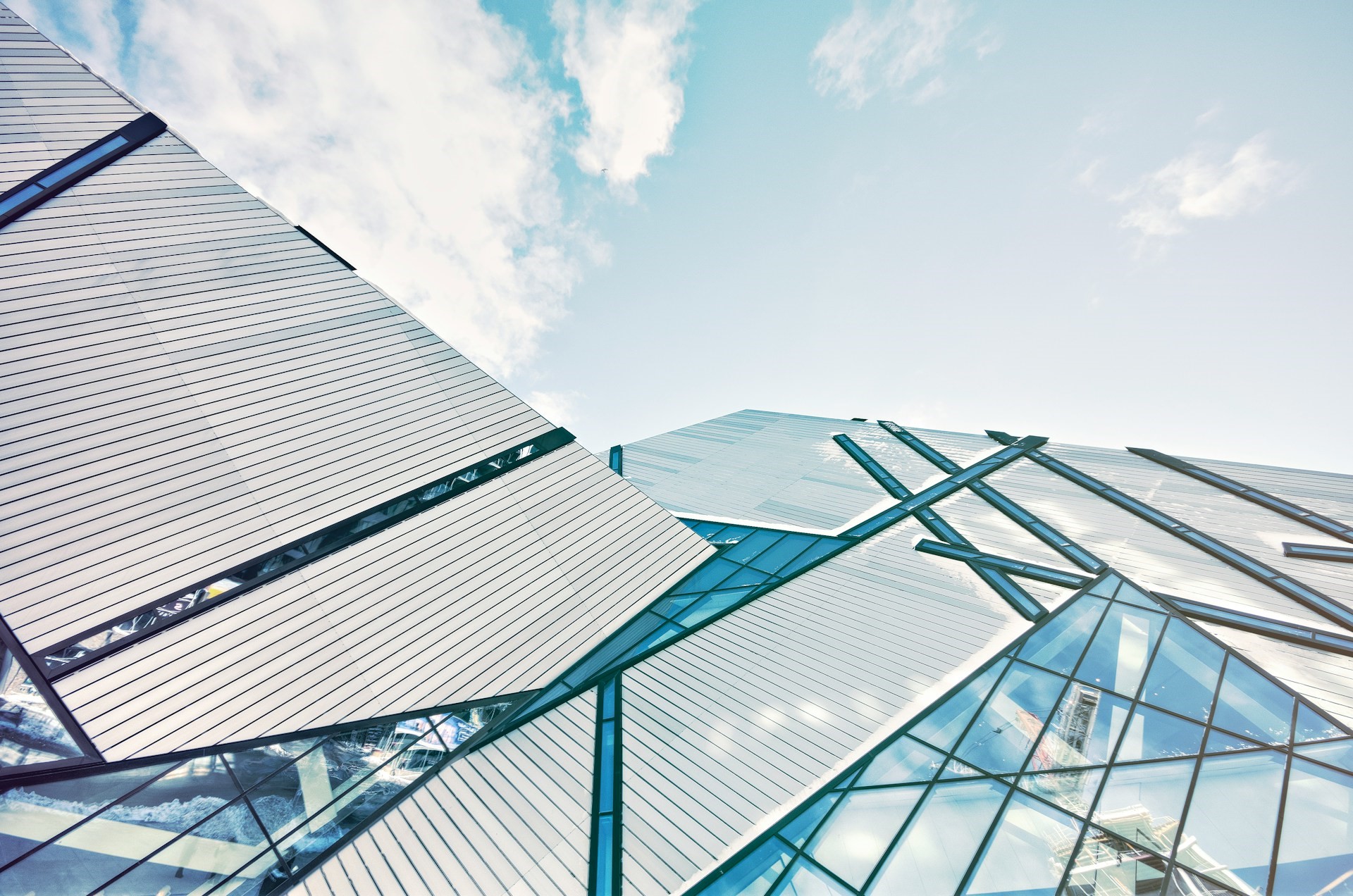In the ever-evolving world of building and construction, material choice is paramount. One material that has gained significant attention in recent years is polycarbonate. This versatile, durable, and lightweight material offers a range of benefits that make it an excellent choice for various applications. In this article, we’ll delve into five compelling reasons why polycarbonate should be on your radar if you’re involved in building and construction projects.
1. Exceptional durability and strength
Polycarbonate is renowned for its durability and strength, which are critical qualities in the building and construction industry. Unlike traditional materials like glass, polycarbonate can withstand a significant amount of force without breaking. This makes it an ideal material for environments where impact resistance is crucial.
Impact resistance
Polycarbonate’s impact resistance is nearly 250 times that of glass and 30 times that of acrylic. This robustness makes it suitable for applications where safety and security are paramount, such as in windows, skylights, and even bullet-resistant glazing.
Weather resistance
Polycarbonate is also highly resistant to various weather conditions. It can endure extreme temperatures, UV radiation, and heavy rainfall without deteriorating. This weather resistance ensures that structures made from polycarbonate maintain their integrity and appearance over time, reducing maintenance costs and extending the lifespan of the building components.
2. Lightweight and easy to handle
In construction, the weight of materials plays a significant role in project planning and execution. Polycarbonate stands out because it is much lighter than glass, making it easier to handle, transport, and install.
Ease of installation
The lightweight nature of polycarbonate simplifies the installation process. It can be cut, drilled, and shaped using standard tools, which speeds up the construction process and reduces labor costs. This ease of installation is particularly beneficial for projects with tight deadlines or those requiring on-site modifications.
Transportation benefits
Lighter materials mean lower transportation costs. Polycarbonate can be shipped in larger quantities without exceeding weight limits, reducing the number of shipments required and thereby lowering the overall cost of the project.
Versatility in applications
From greenhouses and conservatories to roofing and facades, the ease of handling polycarbonate opens up a wide range of applications. Its versatility allows architects and builders to explore innovative designs without being constrained by the limitations of heavier materials.
3. Excellent thermal insulation
Energy efficiency is a growing concern in building and construction. Polycarbonate offers excellent thermal insulation properties, which can contribute significantly to the energy efficiency of a building.
Multiwall polycarbonate sheets
One of the standout products in this category is multiwall polycarbonate sheets. These sheets consist of multiple layers of polycarbonate separated by air spaces, providing superior thermal insulation compared to single-layer sheets or glass.
Energy savings
Buildings that utilize polycarbonate for glazing, roofing, or cladding can benefit from reduced heating and cooling costs. The insulating properties help maintain a consistent indoor temperature, reducing the need for artificial heating in the winter and cooling in the summer.
Environmental impact
By enhancing the energy efficiency of buildings, polycarbonate contributes to a reduction in overall energy consumption and greenhouse gas emissions. This aligns with sustainable building practices and can help meet environmental regulations and standards.
4. UV protection and light transmission
Polycarbonate provides an excellent balance of UV protection and light transmission, making it an ideal material for applications where natural light is desirable but harmful UV rays must be blocked. Polycarbonate sheets are often treated with a UV-resistant coating that blocks up to 99.9% of harmful UV radiation. This protects both the occupants of the building and the material itself from UV-induced degradation.
Natural light
Polycarbonate allows for high levels of light transmission, creating bright and welcoming spaces without the need for excessive artificial lighting. This is particularly advantageous for greenhouses, atriums, and other areas where natural light is essential.
5. Design flexibility and aesthetics
Architects and designers are always looking for materials that offer flexibility in terms of design and aesthetics. Polycarbonate fits the bill perfectly, providing numerous options for creative and functional building solutions.
Customization options
Polycarbonate can be manufactured in a variety of colors, textures, and finishes, allowing for extensive customization. This versatility enables architects to achieve their desired aesthetic while maintaining the functional benefits of the material.
Transparency and translucency
Polycarbonate is available in both transparent and translucent forms, giving designers the ability to control the amount of light that passes through. This makes it suitable for applications ranging from clear windows to diffused lighting panels.
Structural applications
Polycarbonate can be used in both load-bearing and non-load-bearing applications. Its strength and flexibility make it suitable for a wide range of structural elements, including roofing systems, walls, and canopies.
Innovative designs
The combination of durability, lightweight properties, and aesthetic flexibility allows for innovative architectural designs that might not be possible with traditional materials. From curved facades to intricate patterns, polycarbonate opens up new possibilities for creative expression in building design.
Margard polycarbonate
For projects requiring additional durability and scratch resistance, Margard polycarbonate from SABIC offers an excellent solution. This special grade of polycarbonate is designed to resist abrasions and maintain clarity over time, making it ideal for high-traffic areas or applications where the material is exposed to frequent handling and potential damage.

